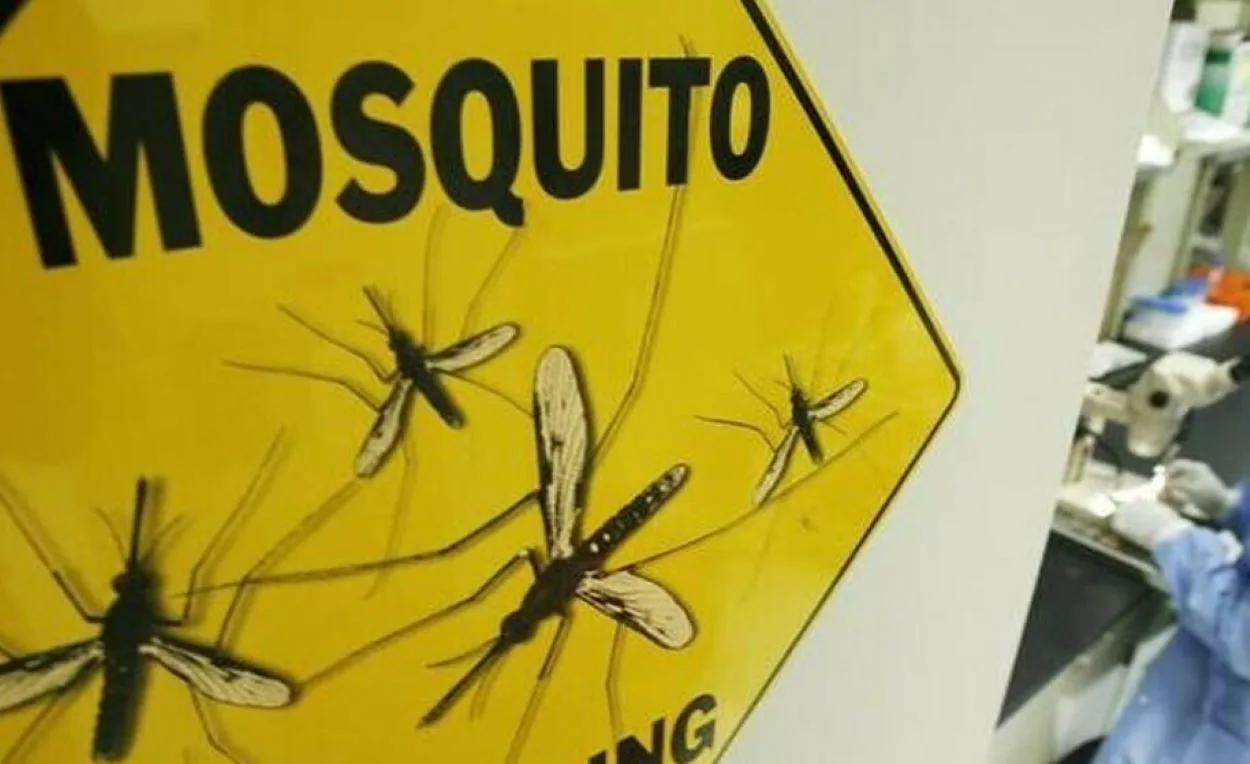Significant increases in malaria infections and fatalities in Malawi and Pakistan have been linked to extreme weather events resulting from climate change.
Ahead of World Malaria Day on April 25, the World Health Organization (WHO) revealed that in 2017, Pakistan experienced a fourfold increase in malaria cases, reaching 1.6 million, following devastating floods that affected one-third of the nation. Peter Sands, the head of the Global Fund to Fight AIDS, Tuberculosis, and Malaria, also mentioned that Cyclone Freddy in Malawi led to a surge in cases there, as the storm unleashed six months’ worth of rainfall within six days.
Sands emphasized that these occurrences, including the flooding in Pakistan and the cyclone in Malawi, provide solid evidence of climate change’s influence on malaria. Stagnant water left after these disasters is an ideal breeding ground for mosquitoes carrying malaria. He called for urgent action to combat the issue, particularly as climate change is projected to worsen malaria’s impact.
Although progress has been made in battling malaria, Sands cautioned against considering vaccines as the ultimate solution. Instead, he suggested that the focus should be on creating strong diagnostic and treatment infrastructure, particularly in countries with high malaria rates susceptible to extreme weather events due to climate change.
Pakistan and Malawi faced stagnant water pools following receding floodwaters, creating perfect breeding grounds for malaria-carrying mosquitoes. Sands stressed the need for immediate action in response to the significant increase in cases caused by climate-change-induced disasters, stating that prompt action is crucial to contain and eradicate the disease.
While advancements have been made in the fight against malaria, such as developing and deploying new vaccines like RTS, S by GSK, a British pharmaceutical company, and R21/Matrix-M by Oxford University, Sands advised against considering vaccines as a panacea. He explained that vaccines are less effective in combating the disease due to the relative cost and complexity of large-scale immunization compared to establishing robust diagnostic and treatment infrastructure.
Sands highlighted that children under five and pregnant women are most vulnerable to malaria, with late diagnosis and treatment often resulting in fatalities. He emphasized the necessity for agencies capable of diagnosing and administering treatment and community health workers in every village equipped to assess and treat malaria.
Moreover, Sands underscored the importance of making health systems in countries with high malaria rates more resilient to the shocks caused by extreme weather events. He observed a near-perfect correlation between countries most vulnerable to climate change and those with the highest malaria burden, stressing the need to address both issues concurrently.






